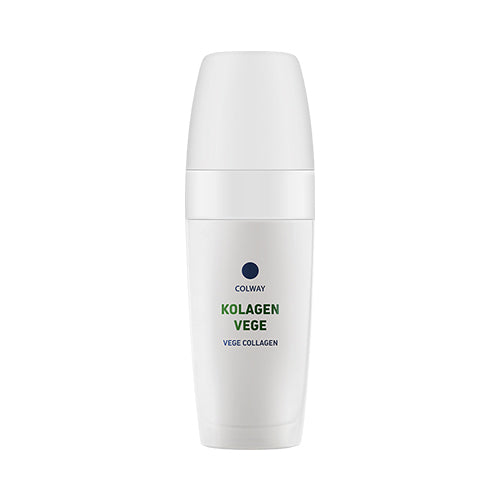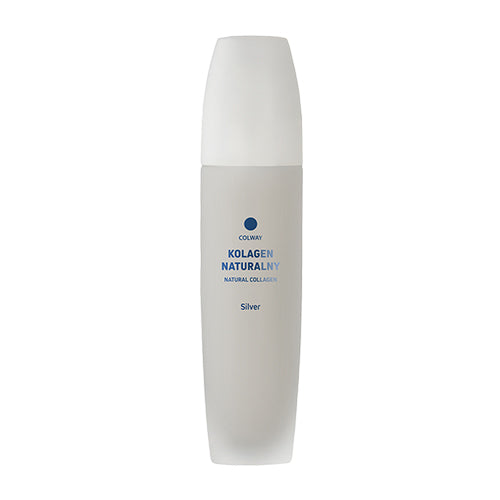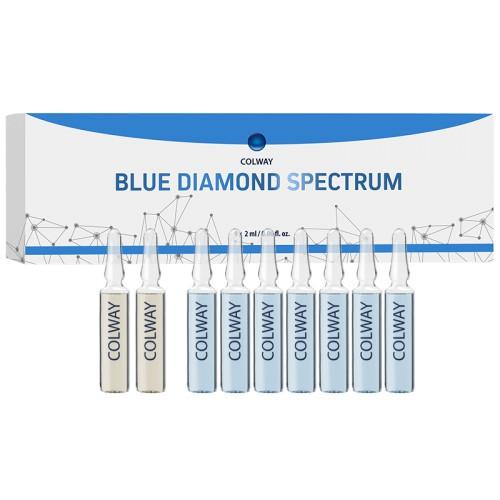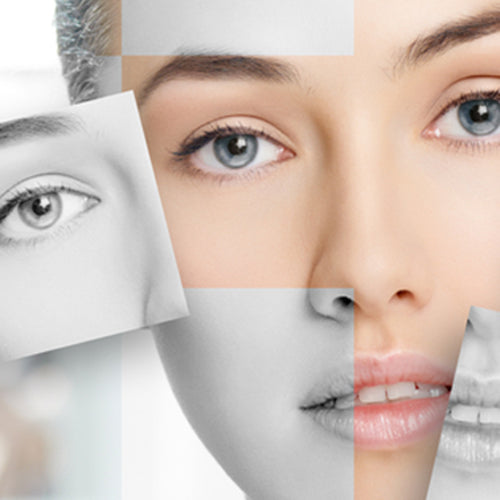Liquid Crystal in Cosmetics
Skin acts in our body as... cloathes, it has got similar function - it cools us in the summer and warms us in the winter. It is our largest organ, which tightly shields internal organs, muscles and all other parts of our body. It helps to maintain an optimum human body temperature of around 36°C, which is generally higher than the temperature of our environment. The skin is very important to us, thanks to it we can use the sense of touch, and its appearance is often a measure of our attractiveness to other people.
The stratum corneum of the epidermis is subjected to a significant part of cosmetic procedures - peeling, moistening, whitening, some mechanical treatments, etc. Our skin is a flexible barrier composed of proteins and lipids to best protect the internal body environment. The structure of the stratum corneum may be depicted using an image of a brick wall. If we make such a comparison, in the imagination we will see a resilient, flexible, plastic wall in which keratinocytes are keratinized (cells derived from stem cells that constantly exchange, up to a dead for of a cell). Young keratinocytes migrate from the deeper layers of the epidermis up to the surface, filling up by the way with the keratin - a hard protein to protects our skin. Old keratinocytes, on the other hand, are exfoliated. In order to accelerate this process, we should, by ourselves, in home comforts or by cosmetic procedures, subject our skin to a systematic exfoliation.
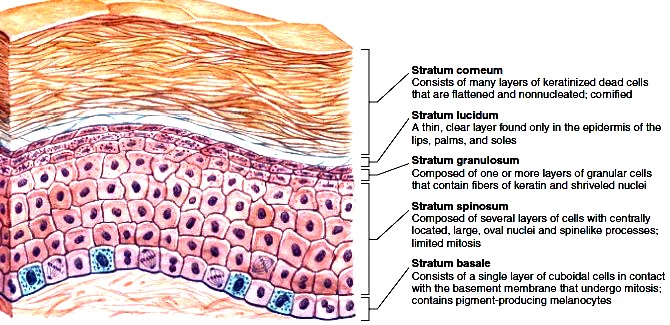
 On average, a person drops about 4 kg of epidermis cells a year, and a woman who regularly uses exfoliators - up to 1/3 more, which is also associated with nearly 20% of the skin aging delay. Due to the fact that after exfoliating, our skin absorbs up to 50% more of the active substances contained in cosmetics. It is not hard to imagine that our skin aging process may be considerably delayed with such treatments..
On average, a person drops about 4 kg of epidermis cells a year, and a woman who regularly uses exfoliators - up to 1/3 more, which is also associated with nearly 20% of the skin aging delay. Due to the fact that after exfoliating, our skin absorbs up to 50% more of the active substances contained in cosmetics. It is not hard to imagine that our skin aging process may be considerably delayed with such treatments..
Keratinocytes, bricks in our wall, are bonded with each other by lipids. Lipids are nothing more than protection against tearing of the epidermis apart. They are responsible for maintaining hydration, orderly epidermis restoration, protection against chemicals and microorganisms from the outside. Lipids can be strengthened in many ways, such as ceramides, which may be a part of cosmetics. However, there is a contradiction here. On the one hand, we want to protect our skin against certain substances from the outside, and on the other hand, we want the active substances from creams, to penetrate deep into extracellular matrix and stimulate skin to regenerate, to produce more collagen, elastin and enzymes. This contradiction may be suppressed by so-called liquid crystal cosmetics base as a substitute for traditional formulations: Oil-Water, Water-Oil combined with emulsifiers such as the PEG family.
The liquid crystal cosmetic base for the manufacture of creams was designed to bypass the need for emulsions on atopic skin, whose condition is considerably deteriorated in the presence of surfactants. This base imitates the composition and structure of the hydro-lipid barrier of the epidermis and allows the technologists to create a cream without the often allergic emulsifiers from PEG family.
The structure of the liquid crystal based cream is perfectly compatible with the skin, so it can work more effectively than traditional creams. Rebuilding the natural barrier to the epidermis is an extremely important task for improving the appearance of the skin and it's health. Skin with broken hydro-lipid coat will become sensitive sooner or later.


